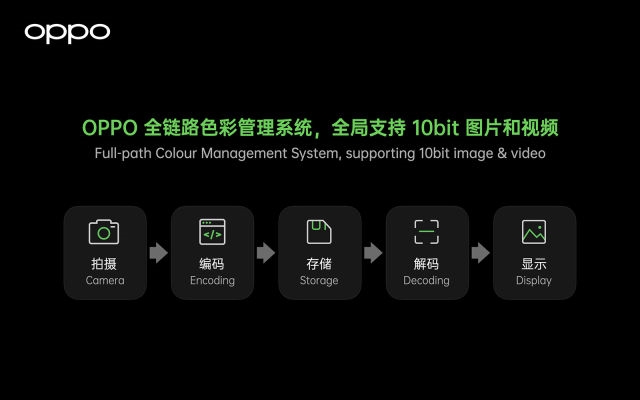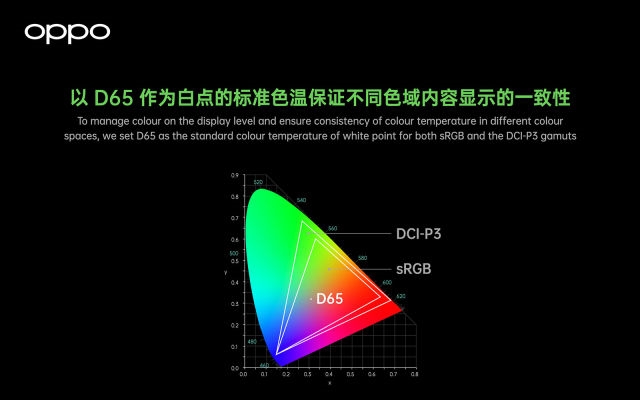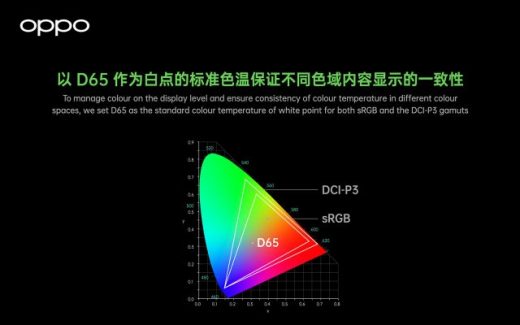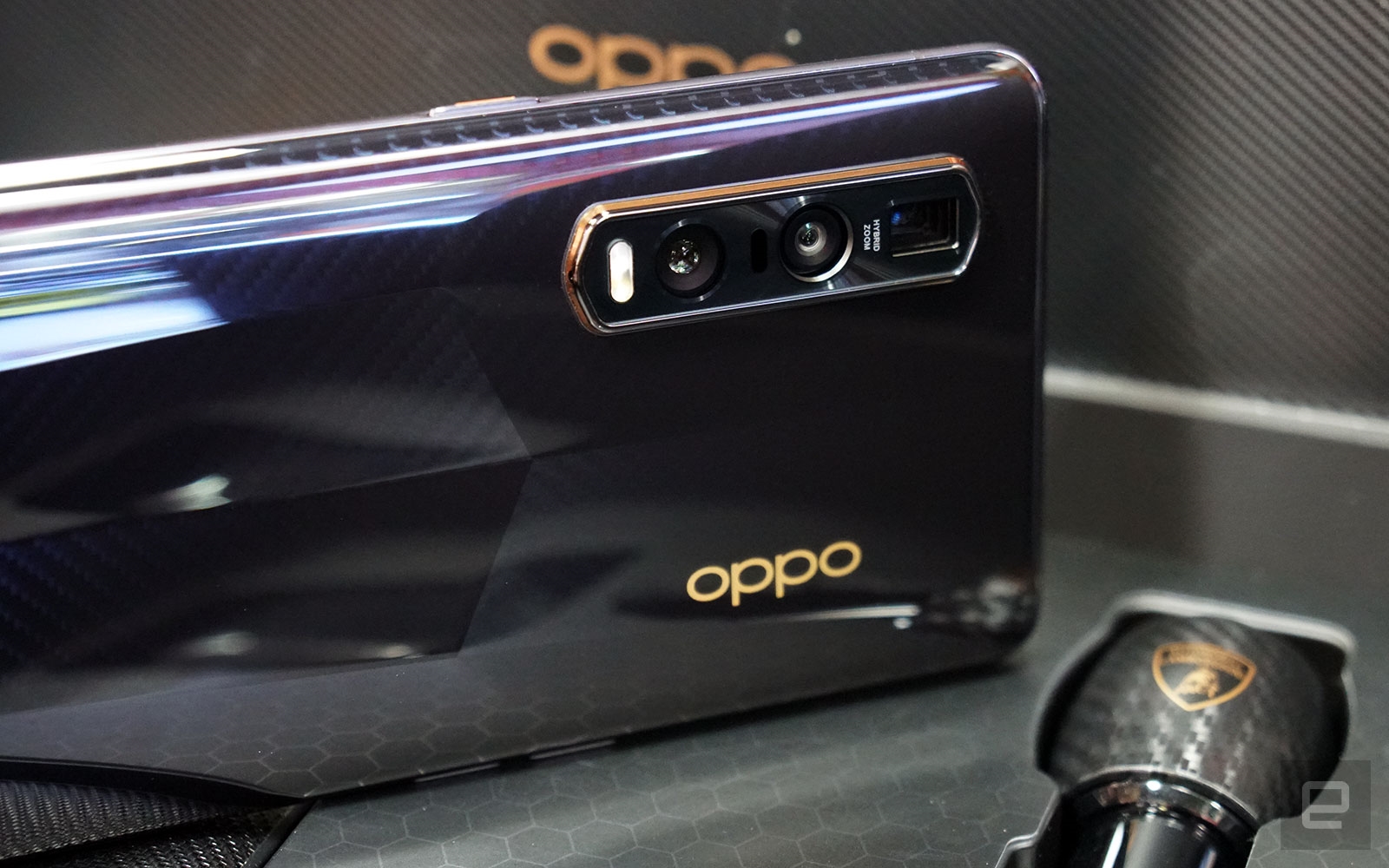Oppo’s Find X3 phones will support true 10-bit color from camera to display
Following (November 27, 2020)’s mind-boggling demo of its rollable smartphone, the Oppo X 2021, the company is now teasing a significant upgrade for its next flagship series. As announced on the second day of Inno Day 2020, the upcoming Oppo Find X3 series will support the full DCI-P3 wide color gamut and 10-bit color depth across “capture, storage, and display,” in order to reproduce more accurate colors. Oppo calls this the “Full-path Color Management System,” which is apparently “the very first” Android color management system to feature such color performance through and through.

To clarify, many phones and monitors are already advertised as “10-bit” compatible, but some of those are actually “8+2-bit” aka “8-bit + FRC” (“frame rate control”), which is a way of mimicking 10-bit display performance using a native 8-bit panel. This is the case with the Find X2 Pro (and Oppo was upfront about it at launch), so Oppo is now confirming that it will be jumping from a native 8-bit display to a native 10-bit display for its next flagship phone series. For calibration, the company will also be boosting accuracy with a lower JNCD (Just Noticeable Color Difference) ratio of 0.4.
The Full-path Color Management System will support true 10-bit HEIF capture and storage, which apparently required “rewriting the underlying system” — across encoding, decoding, editing and rendering — due to the legacy 8-bit support. HEIF compatibility on Android is nothing new, of course, but it does open up the possibility of up to 16-bit support in the future.

Oppo also announced a new feature to benefit those who suffer from color vision deficiency. Color Correction Solution 2.0 is built on top of Android’s default color correction mode in the accessibility settings, and it will go beyond the three color options — deuteranomaly (red-green), protanomaly (red-green) and tritanomaly (blue-yellow). Oppo teamed up with Zhejiang University to conduct a large-scale study of over 6,000 samples, and in return produced 765 correction results. This will in turn offer greater flexibility in color correction, so that users can further personalize their screens to better suit their visual needs.
(24)




